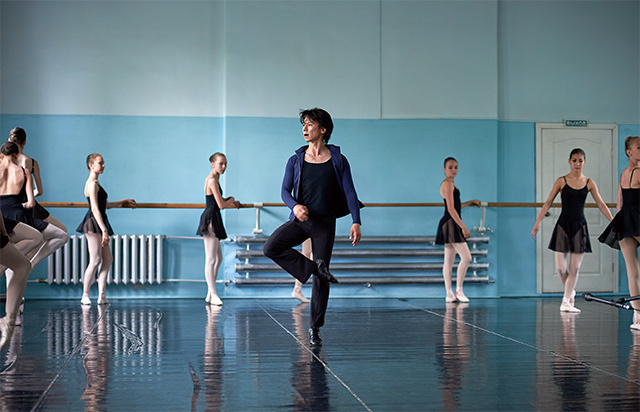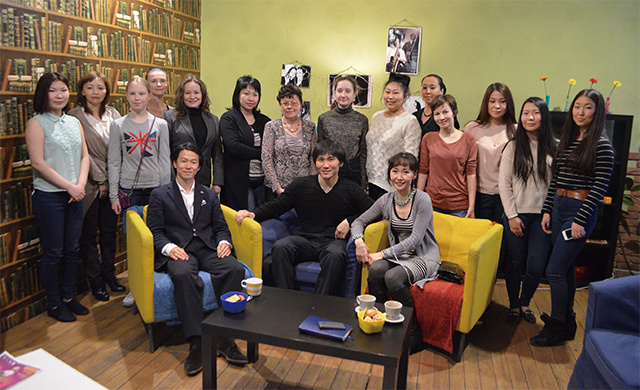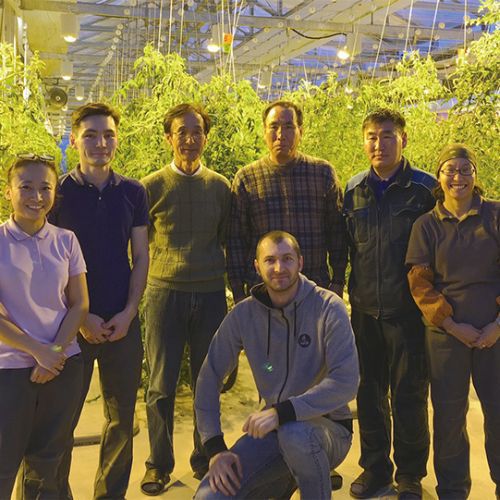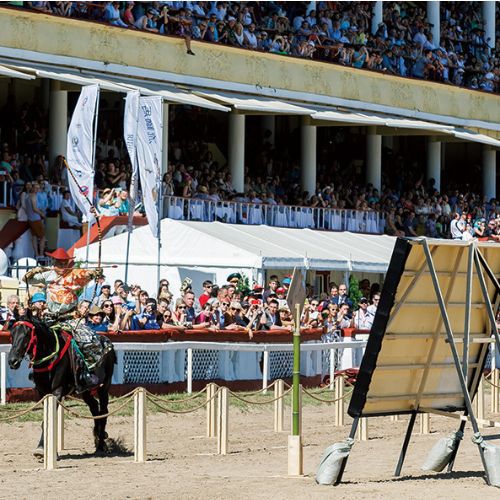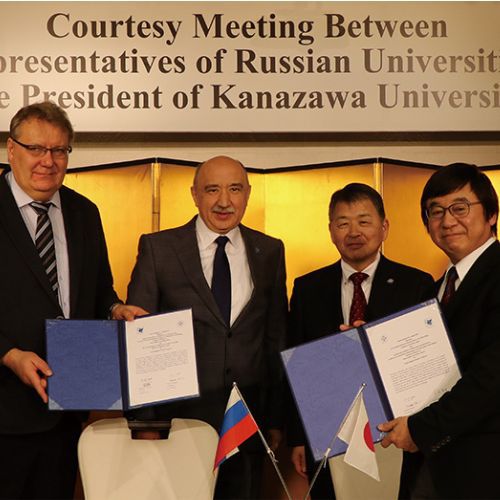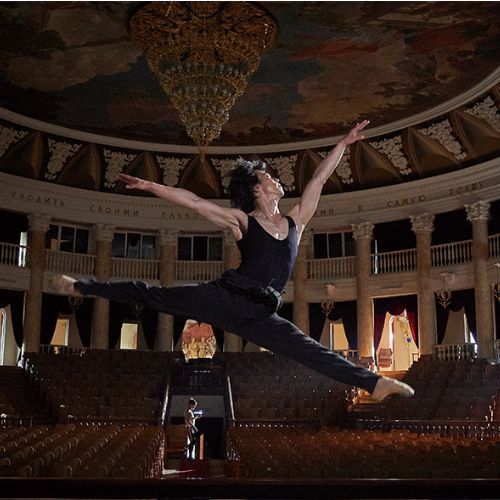Morihiro Iwata’s path to becoming the first foreign regular member of the storied Bolshoi Ballet and going on to join the ranks of its “First Soloists” began when he encountered Russian ballet at the age of nine, his first glimpse coming in the form of a video. “I’ve seen ballet from many different countries, but the dancers who truly captivate me have always been Russian. Looking back, I suppose that even as a child I may have sensed the deep emotional expression that is a distinctive feature of Russian ballet.”
Given the opportunity to study abroad after graduating from high school, Iwata traveled to Russia, where he met the person who would become his lifelong mentor, the late Aleksandr Ivanovich Bondarenko, at the Moscow State Academy of Choreography. To this day, Iwata still holds dear to his heart the words of his mentor: “Ballet is a virtue. It is the act of conveying something important about life, in a way that anyone in the world can understand, using only one’s body.”
Iwata’s study abroad experience would prove to be a major turning point in his life. Having decided that he would live in Russia as a professional dancer at the epicenter of Russian ballet, Iwata spent three years beginning in 1991 as a regular member at Moscow’s Russian National Ballet Theatre before setting his sights on the world-renowned Bolshoi Ballet.
At the time, the Bolshoi Ballet did not have any precedent of hiring foreigners, but Iwata finally won admission after practicing with the ballet as a trainee. Iwata recalls, “It was quite mentally draining for me at first. As somebody who had transferred in from a different ballet company, I was treated as an outsider. I was never given roles. Nevertheless, I loved practicing, so I would practice over and over again, even when it wasn’t necessary for me to do so.”
In NOBUNAGA, an original ballet fused with Japanese dance and featuring feudal lords of Japan’s Warring States period as a motif, Iwata performed alongside Farukh Ruzimatov (the former principal dancer of the Mariinsky (Kirov) Theatre and current artistic advisor of the Mikhailovsky Theatre) and Japanese classical dancer Rankoh Fujima.
After having been accepted as a regular member in 1996, Iwata was promoted to the elite ranks of the First Soloists in 2003. In spite of his slight stature at 166 cm (just over 5 ft. 5 in.), Iwata had earned acclaim for his amazing physical ability, unparalleled precision, and deep love for Russian ballet, and his utter dedication to his roles quickly earned him the respect of those around him. Even after becoming a First Soloist, Iwata continued to refine his technique while earnestly listening to the advice of his colleagues. “When I was given the role of the Jester in Swan Lake, I had the incredible good fortune of receiving direct guidance from none other than Yuri Nikolayevich Grigorovich, who is like a god among ballet dancers.” Thanks in part to this experience, Iwata would go on to become known as a specialist when it comes to playing unique roles.
Even when Iwata retired from the Bolshoi Ballet after 17 years, his next career move came as no surprise—he chose to stay in Russia. Having inherited the art of ballet from so many Russian masters, Iwata decided that it was now his turn to pass Russian ballet on to the next generation of young dancers, and so he accepted the position of artistic director at the Buryat National Academic House of Ballet.
Even while serving as an artistic director, Iwata is also still active as a ballet dancer. Hoping to help popularize Russian ballet in Japan, Iwata often performs in Japan, as well. Since 2015, he has performed in NOBUNAGA, an original ballet that fuses Russian ballet with traditional Japanese classical dancing.
Iwata spends busy but fulfilling days interacting with local residents of Ulan-Ude, the capital of Russia’s Republic of Buryatia, which lies on the edge of Lake Baikal. The man and woman sitting to his right are principal dancers of the Buryat National Academic Opera and Ballet House.
Iwata says, “I think that Russian culture and Japanese culture are highly compatible with each other.” There are many Japan enthusiasts among Iwata’s Russian friends, and they have sometimes turned the tables on him by teaching him about the wonders of Japanese culture. “Just as I love the ballet and culture of Russia, there are also many Russians who are very much interested in Japanese art and culture. Russian culture is all about drawing out and outwardly expressing the inner aspects of a person, while Japanese culture is all about probing deeper within. They may seem like polar opposites, but that is all the more reason for the many points of resonance between them. As 2018 is “Japan Year in Russia” and “Russia Year in Japan,” I plan to hold commemorative performances in Russia, through which I hope to make Russians feel closer to Japan through the medium of Russian ballet.”
Iwata always strives to create ballet that brings together the cultures of Russia and Japan and that will stand the test of time to become an ageless classic for future generations to enjoy.



























